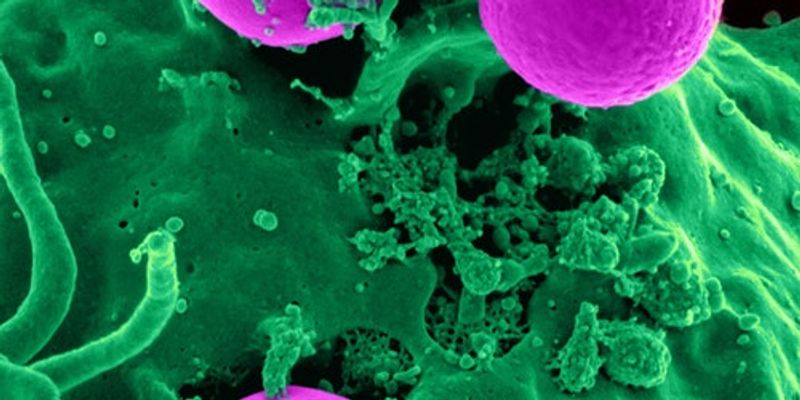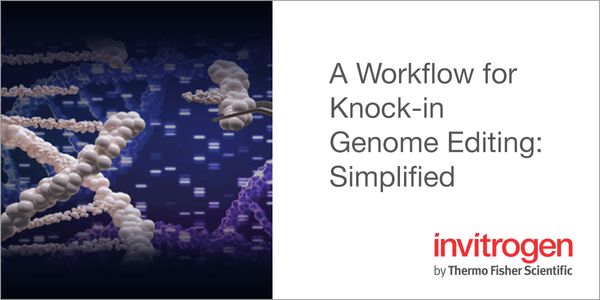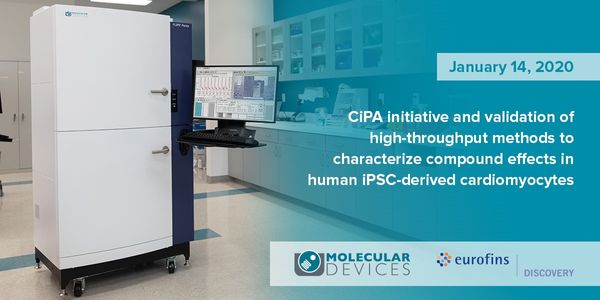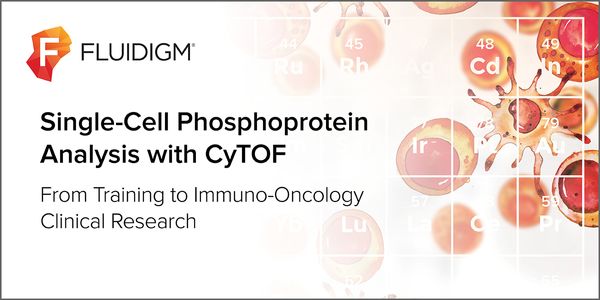Cell
Cell: is the smallest structural and functional unit of an organism, typically microscopic and consisting of cytoplasm and a nucleus enclosed in a membrane. Microscopic organisms typically consist of a single cell, which is either eukaryotic or prokaryotic.
-
JAN 23, 2020 | 9:00 AMDATE: January 23, 2020 TIME: 9:00am PST, 12:00pm EST...JAN 14, 2020 | 9:00 AMFecal elastase-1 – a biomarker for pancreatic exocrine insufficiency(EPI) continues to gain traction as an ideal biomarker for assessing EPI. This presentation will include a review of...JAN 14, 2020 | 8:00 AMDATE: January 14, 2019 TIME: 8:00am PST Drug-induced QT interval prolongation and Torsades de Pointes (TdP) arrhythmias are the leading causes for drug withdrawals from market and compound a...Speaker: Muthukrishnan Renganathan, PhD , Panida Lertkiatmongkol, PhD , Oksana Sirenko, PhD , Carole CrittendenSponsored By: Molecular Devices, Eurofins DiscoveryJAN 09, 2020 | 10:00 AMJoin us on January 9, 2020 for this live webinar!...With an increasing push to improve safety, efficacy, and efficiency throughout the drug development pipeline, researchers are evermore looking to improve the predictive capacity of their in...
The liver plays a critical role in the metabolism and clearance of more than 70% of marketed drugs. Furthermore, toxicity to the liver is a major reason for preclinical and clinical drug fai...
“The poor translatability of early-stage preclinical models is a major setback in oncology drug development. Immortalized cell lines, that are extensively used in drug screens, undergo...
Misfolded and accumulated neurodegenerative disease associated proteins (NDAPs, such as tau and alpha-synuclein) represent the major pathological hallmark in Alzheimer’s and Parkinson&...
Open Science has changed research by making data accessible and shareable, contributing to replicability to accelerate and disseminate knowledge. However, for rodent cognitive studies the av...
Chaperone networks are dysregulated with aging, but whether compromised Hsp70/Hsp90 chaperone function disturbs neuronal resilience is unknown. Stress‐inducible phosphoprotein 1 (STI1; STIP1...
Biomarkers are critical tools for all stages of cancer research, from drug development through clinical applications. Cancer is fundamentally a disease of unregulated cell growth and circumv...
Speaker:
Olivia Stricker, PhD
Presented at: Drug Discovery & Development Virtual Event Series 2020
Non-alcoholic fatty liver disease (NAFLD) is the most common form of chronic liver disease in developed countries, and it affects over 25% of the population worldwide. Within the next five y...
























